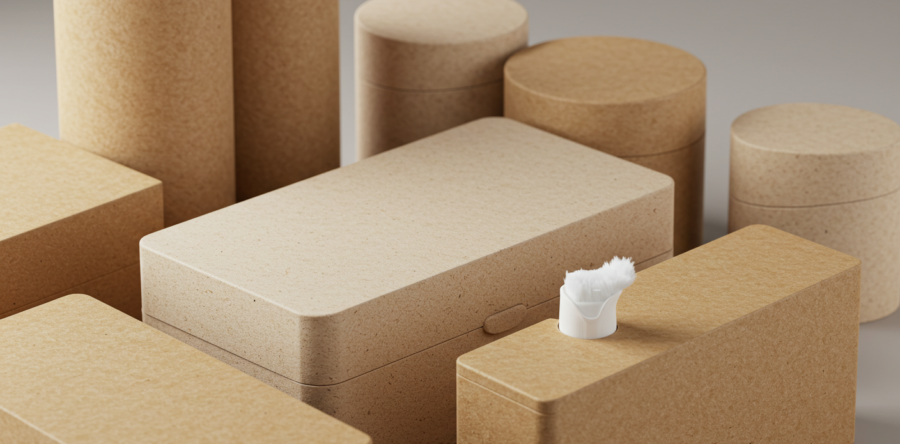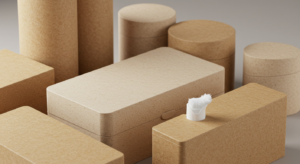How to Make Your Product Packaging More Sustainable

Developing sustainable product packaging is very important for companies seeking to minimize their environmental footprint, satisfy consumer demands, and comply with changing regulations.
By implementing environmentally responsible packaging strategies, businesses can improve their brand image and support a healthier planet.

1. Choose Eco-Friendly Materials
Opt for recyclable packaging materials, biodegradable, or made from renewable resources. Materials such as recycled paper, cardboard, and bioplastics can significantly reduce environmental impact. Innovative options like mycelium-based packaging, derived from fungi, offer compostable alternatives to traditional materials. Companies like IKEA have adopted mycelium packaging to replace polystyrene, highlighting its viability in large-scale applications.
2. Optimise Packaging Design
Efficient packaging design minimises material usage and reduces waste. Implementing right-sizing strategies ensures that packaging dimensions closely match product sizes, decreasing the need for excess filler materials. This approach not only conserves resources but also lowers shipping costs due to reduced package weight and volume.
3. Embrace Reusable and Refillable Solutions
Transitioning to reusable or refillable packaging models can significantly decrease single-use waste. For instance, offering refill stations or subscription-based refill services encourages customers to reuse containers, fostering a circular economy. Such models have the potential to reduce packaging production and emissions by up to 90% and 80%, respectively .
4. Incorporate Recycled Content
Utilising recycled materials in packaging production conserves resources and reduces landfill waste. Brands like Aldi have introduced packaging with a minimum of 35% recycled content, leading to substantial reductions in plastic usage. Incorporating recycled content not only supports sustainability goals but also resonates with environmentally conscious consumers.
5. Innovate with Sustainable Materials
Exploring alternative materials can lead to more sustainable packaging solutions. For example, cork, harvested from the bark of cork oak trees without harming them, is biodegradable and has a negative carbon footprint. Its lightweight and nonporous nature make it suitable for various packaging applications, including in the beauty industry.
6. Assess and Optimise the Packaging Portfolio
Conducting a comprehensive assessment of the current packaging portfolio helps identify areas for improvement. Evaluating factors such as material types, environmental impact, and cost across all products enables businesses to develop targeted strategies for enhancing sustainability.
7. Educate Consumers and Promote Recycling
Clear labeling and consumer education are vital for effective recycling. Providing information on how to properly dispose of packaging materials encourages responsible behaviour. Collaborating with recycling programs and offering incentives for returning used packaging can further enhance recycling rates.
8. Streamline Supply Chain and Distribution
Optimizing logistics by reducing packaging size and weight can lead to lower transportation emissions. Implementing flexible packaging solutions and consolidating shipments contribute to more sustainable distribution practices.
9. Stay Informed and Compliant
Keeping abreast of regulations and industry standards ensures that packaging practices align with legal requirements and best practices. Engaging with sustainability certifications and participating in industry initiatives can demonstrate a commitment to environmental responsibility.
Final Thoughts
Making product packaging more sustainable involves a multifaceted approach, including material selection, design optimization, consumer engagement, and supply chain management. By implementing these strategies, businesses can reduce their environmental footprint, meet consumer demand for eco-friendly products, and contribute to a more sustainable future.




